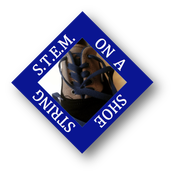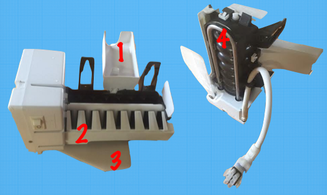
I have also bought dozens of light-up toys to pirate the L.E.D. lights and coin batteries. My students made electronic quiz cards as explained in a previous lesson plan.
For a buck I bought a package of 180 straws. These could be used to build towers, a common S.T.E.M. lesson. Instead, my students will make reed instruments out of them. Their challenge is to produce the loudest instrument possible. (I downloaded a free decibel meter for my phone.) Then they have to create a team of four people who each have a reed straw and try to play Row, Row, Row Your Boat.
I have found local businesses more than willing to donate materials, especially when their trash is my treasure. A lawnmower shop gave me an old leaf blower that we are using to power a ride-on hovercraft. A sewing machine shop is gathering motors with the treadles so that I can make a harmonograph.

Teaching S.T.E.M. is intriguing for students and teachers alike. It fosters creative thinking and helps students to connect their mathematics, science, engineering and technology in problem-based learning. Students work cooperatively and learn to overcome obstacles. They persevere through and beyond failure until they find success. With all these benefits, S.T.E.M. instruction is priceless. However, that doesn’t mean it has to cost a lot.
 RSS Feed
RSS Feed